Wealth “lighthouse” aims to brighten gloom
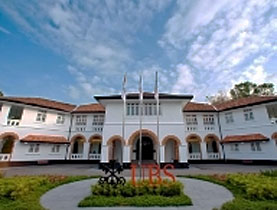
During the period of huge wealth creation before the financial crash, many banks built new training facilities to cope with the massive demand for new staff.
swissinfo.ch went to Singapore to discover how bank UBS’s prestigious wealth management campus has shifted focus from being a talent production line to coping with the immense upheaval in the industry.
In April 2007, when the campus opened its doors, new millionaires were springing up all over the place – none more so than in the Asia-Pacific region. China and India were surging ahead to catch up with the established Japanese economy and wealth was flowing.
The seemingly never-ending windfall stretched asset managers to the limit, both in terms of scale and the increasingly complex nature of the financial instruments being created to increase the wealth of the wealthy.
This resulted in cutthroat wars for talent that saw experienced staff being poached from one bank to another on an unprecedented scale.
It not only drove up wage bills but also created instability, as headhunted wealth managers took clients, their assets and whole teams of bank staff with them.
Singapore backing
Like all other banks, Swiss giant UBS saw the need to boost training programmes to keep up with the situation.
“Given the huge growth of wealth in the region it became obvious that we needed to build our own pipeline of talent,” Curdin Duschletta, managing director of human resources, told swissinfo.ch.
“Sometimes it can be easier to groom new talent rather than convert an experienced broker into a UBS wealth manager.”
UBS were able to leverage their status as number one wealth manager in the region to enhance their training facilities in style.
The result was a campus at the historic Command House in Singapore, a building that has once housed British military headquarters and later served as the residence of the first president of Singapore.
The building was leased from the Singaporean government that awarded financial grants to convert the building, set in 150,000 square metres of grounds, and run it as an educational establishment.
“We thought that if we have to invest in a training facility then why don’t we create a strong visible sign that we are serious players in the wealth management business in the region and that we mean to stay,” said Duschletta.
“We see the campus as a lighthouse for talent development and client development in the region.”
This was not the last time UBS could count on Singaporean financial support. A year after the campus opened, the bank had racked up such huge debts in the financial crisis that it was forced to ask for an SFr11 billion ($10.6 billion) rescue package from the government’s sovereign wealth fund.
Changing tack
Training at the campus underwent a radical change. Long-term courses for new staff were converted into shorter, more intense instruction on regulatory changes, rule compliance and on coping with the rapidly changing face of the market.
The campus has almost reverted in spirit to the building’s former function of commanding military operations under siege during the Second World War.
But Duschletta is confident that the campus will be back on track as a nerve centre for improving the quality of wealth management training for the entire region. And this could bring benefits outside of UBS.
“Whoever raises the bar will help the government to build up Singapore as a wealth management hub,” he said.
“In a competitive environment clients will always go for a place with people who know how to serve their interests. No one will want to fall behind.”
Matthew Allen in Singapore, swissinfo.ch
According to Singapore-based investment fund manager Calamander Group, UBS looked after around a sixth of the total wealth managed by private banks in the Asia-Pacific region last year.
UBS held $100 billion (SFr104 billion) of the combined assets ($640 billion, SFr662 billion) managed by the region’s private banks. This made the Swiss bank number one in the market.
Swiss rival Credit Suisse was in fourth place with $50 billion, behind Citigroup ($80 billion) and HSBC ($60 billion).
The top 10 list of wealth managers was completed by Merrill Lynch ($40 billion), DBS Group ($30 billion), BNP Paribas ($30 billion), JP Morgan ($25 billion), Deutsche Bank ($25 billion) and Morgan Stanley ($20 billion).
UBS opened its elite training centre for the Asia-Pacific region in April 2007 with the aim of pushing through 5,000 new and existing staff within three years while increasing its pool of client advisors by 20% a year.
These ambitious targets have been dented by the financial crisis, but the campus has clocked up some 22,000 training days (each representing one person being trained for one day) during 1,400 events.
It was also designed to be the hub of training in the region in the region and claims to be a centre for initiatives such as the development of philanthropy.
Separate courses are designed to train new UBS employees and to continue education in the latest products and innovations for established staff.
Rich clients are also invited to attend courses on new asset classes and initiatives in wealth management.
Training courses are compliant with the Financial Industry Competency Standards – a code set up by the Industry of Banking and Finance body in Singapore that oversees and standardises industry standards.

In compliance with the JTI standards
More: SWI swissinfo.ch certified by the Journalism Trust Initiative
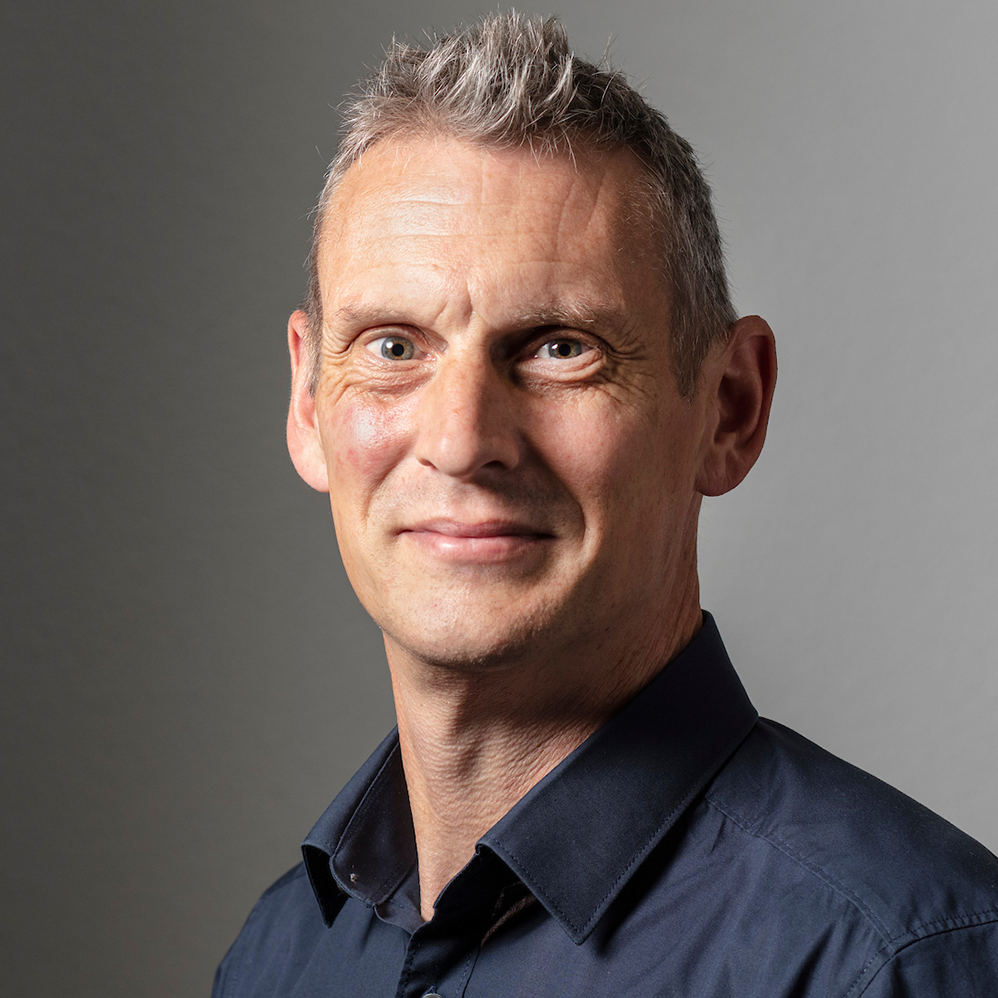
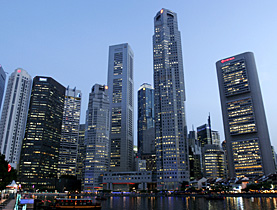
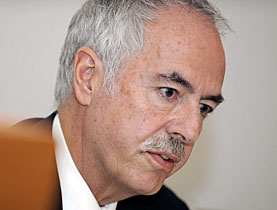
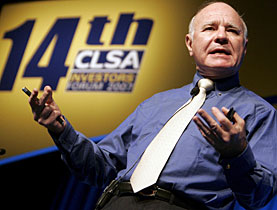

You can find an overview of ongoing debates with our journalists here . Please join us!
If you want to start a conversation about a topic raised in this article or want to report factual errors, email us at english@swissinfo.ch.